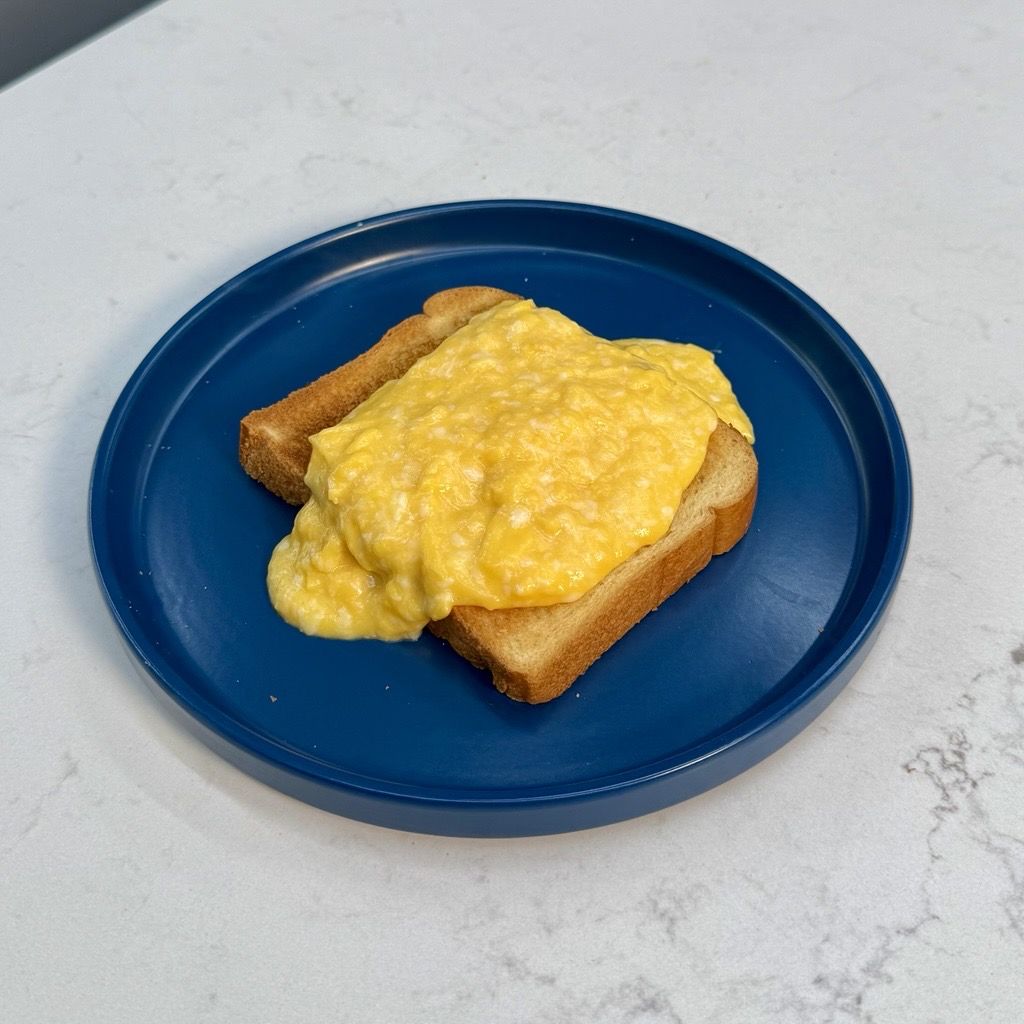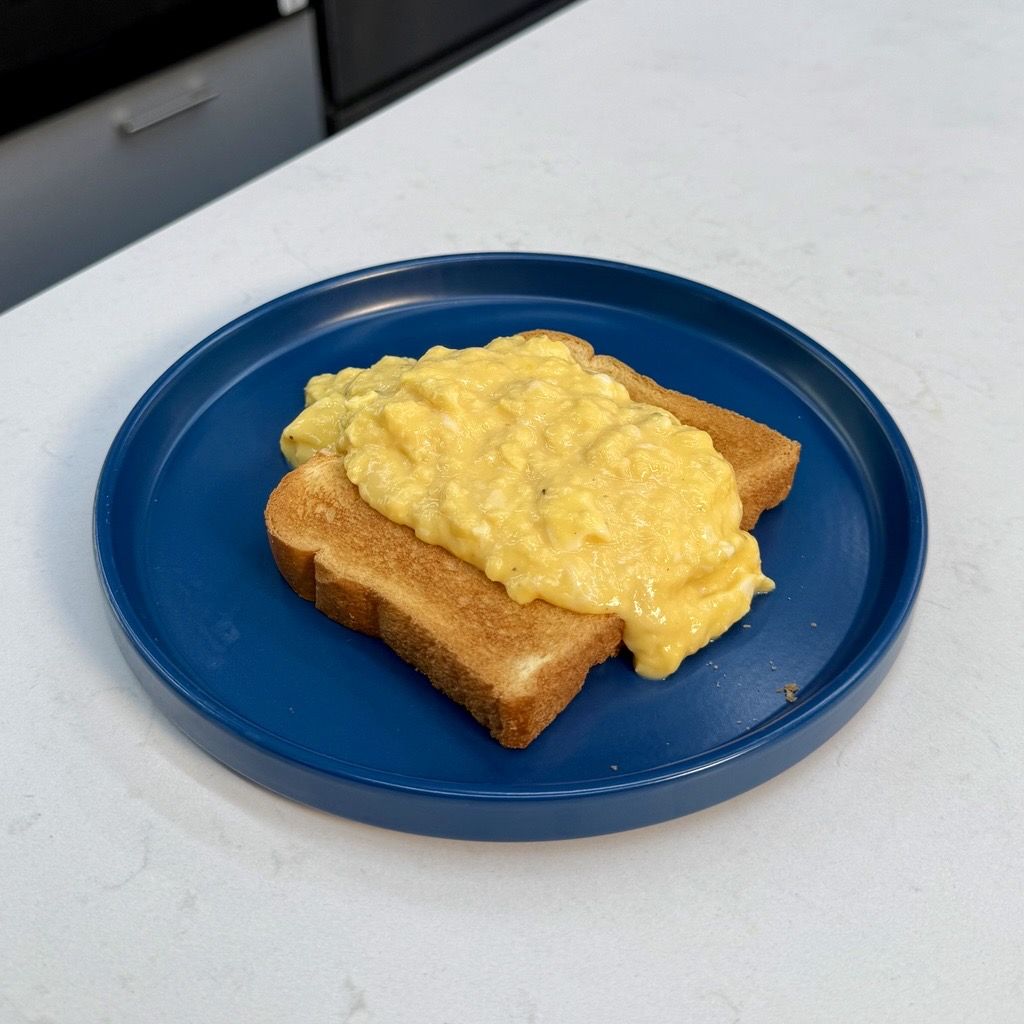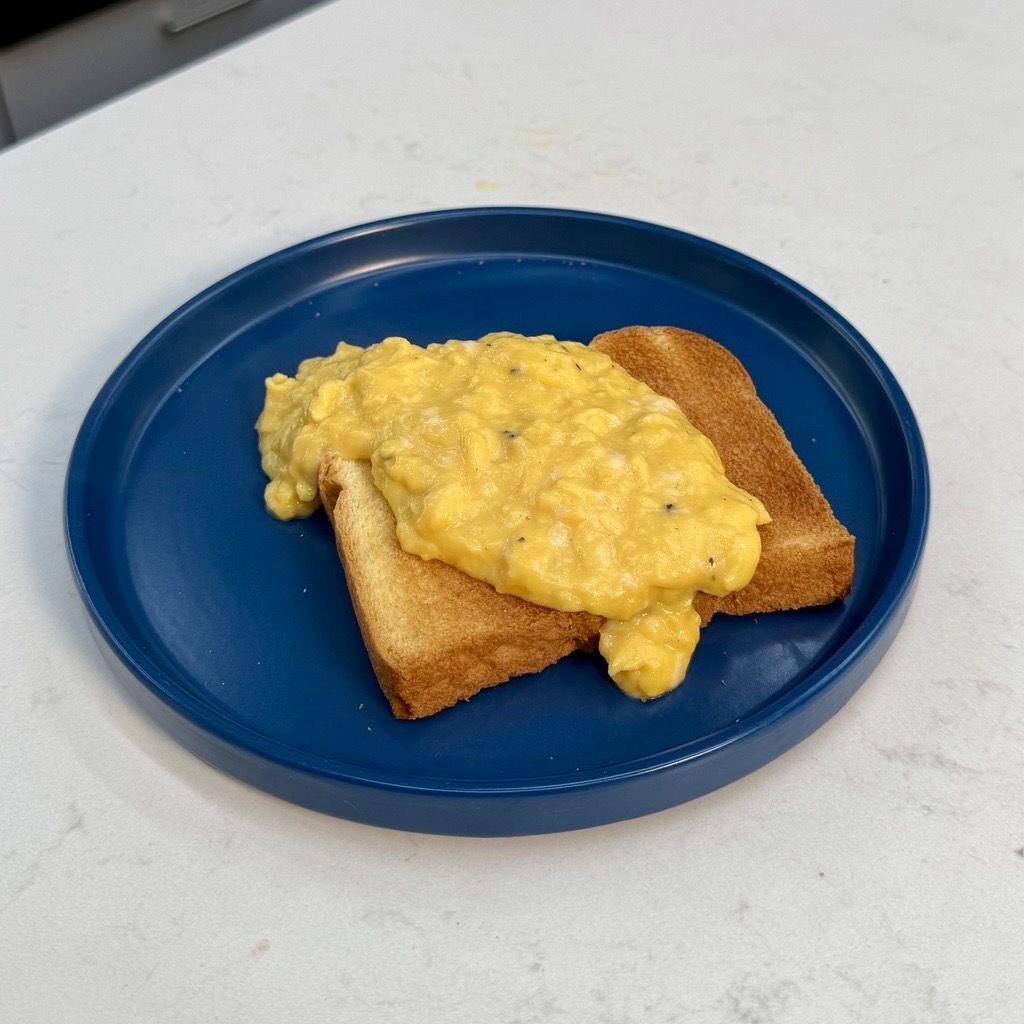- As the creator of the finest diner-style scrambled eggs, I embarked on a quest to discover the optimal method for preparing tender scrambled eggs.
- I tried recipes from three famous chefs to discover my preferred method.
- I assessed every recipe according to the flavor and consistency of the cooked eggs, as well as how simple they were to prepare.
I’ll be candid: I might have refined my preferred method for achieving fluffy diner-styleeggs, but I’m new to the art of the soft scramble. Seeking the best method, I consulted the professionals:celebrity chefsrecognized for their culinary skills—and in certain instances, their knowledge of eggs.
I prepared and sampled dishes from three famous chefs:Gordon Ramsay, Ina Garten, and Bobby FlayI assessed each recipe by the taste and consistency of the cooked eggs, along with my overall experience in preparing them. Here’s what I discovered, and which celebrity’s eggs I would prepare repeatedly.
Method #1: Gordon Ramsay
Gordon Ramsay’s softly scrambled eggs are nearly legendary in the culinary world, so I naturally began with that. His approach, which is actually a traditional French technique known asoeufs brouillésstarts by cracking eggs into a pot, not a pan, adding a tablespoon of butter, and putting the pot on high heat. Ramsay cooks the eggs, continuously stirring, for 30 seconds, then removes them from the heat, continuing to stir, for 10 seconds, and follows this cycle for an additional 3 minutes. Just before finishing, he mixes in a small amount of crème fraiche and adds salt for seasoning.
I’ll confess that this procedure felt a bit overwhelming for me. The brief, timed periods along with the intense heat, plus the need to keep stirring constantly, made me feel as though I was trapped on a chaotic hamster wheel of egg scrambling madness. By the end of the time, I was worried that the eggs were still not fully cooked enough to take them off the heat, but I had faith in the process and removed them as directed. Indeed, they turned out perfectly cooked, with a smooth texture and deep flavor. I was amazed at how delicious they were. I would have devoured the entire plate, but I had two more techniques to try.

Method #2: Ina Garten
Ina’s method is completely distinct. She begins by beating eggs and half-and-half in a bowl, adding salt and pepper, then melts butter in a 10-inch pan over low heat until it’s nearly melted. The eggs are then added and left undisturbed until they begin to cook on the bottom, which, as she mentions, can take between 3 to 5 minutes. Garten then uses a rubber spatula to lift the cooked egg from the pan’s base and fold it into the uncooked portion above. As the eggs become “custardy,” she stirs more vigorously.
Although she doesn’t specify exact times for the eggs to be ready, she mentions that they should be removed from the heat before they are completely cooked. She then adds cold butter to halt the cooking process. TherecipeI was using the suggested truffle butter, but to ensure all the tests remained consistent with each other, I opted for regular butter instead.
I found Garten’s eggs to be less creamy and smooth than Ramsay’s. I also observed small, firm pieces of egg mixed in with the more custard-like consistency of the rest. I assume this came from the eggs that were placed at the bottom of the pan initially. Overall, I didn’t enjoy the combination of textures.
I also didn’t enjoy this process as much—leaving the eggs on low heat while I stood there waiting for the ideal time to begin stirring was somewhat frustrating. I kept doubting when to start mixing—and when to remove the eggs from the heat.

Method #3: Bobby Flay
Bobby Flay’s techniqueis arguably the simplest method, even though it has its own peculiarities. He introduces butter and crème fraiche into a cold skillet, then mixes eggs and black pepper in a bowl before pouring the mixture over the dairy in the still-cold pan. He then places the pan on medium-low heat and continuously stirs until the eggs are “three-quarters” cooked, at which point he turns off the heat. He also delays salting the eggs until this stage, arguing that this results in a silkier and smoother texture.
I must confess, it felt a bit unusual to mix eggs with chunks of unmelted butter and crème fraiche floating around. I couldn’t stop thinking that they might be disrupting the uniformity of the cooking process, and I also wondered if they would spread out evenly throughout all the eggs by the time they were done.
With regard to the completed eggs, Flay’s had a texture comparable to Garten’s, but lacked the firmer pieces of egg that were present in Ina’s version. They were custard-like but not as rich or smooth as Ramsay’s—and to be honest, even though this recipe included more crème fraiche, I couldn’t really detect it. I think this was due to the flavor being reduced during the cooking process.

Which Celebrity Chef’s Technique for Making Scrambled Eggs Is Superior?
Gordon Ramsay’s eggs have earned a place in the food world for good reason. I wasn’t fully convinced until I tried them, but I now acknowledge they live up to all the praise. The slight tang of the crème fraiche and the luxurious, smooth texture that stood out from the other two options left no doubt about their superiority. I also discovered that, in the end, I actually favored the lively cooking approach over the more gradual methods used by Bobby and Ina. That might reflect more on me than the technique itself—but I’ll let you decide.







